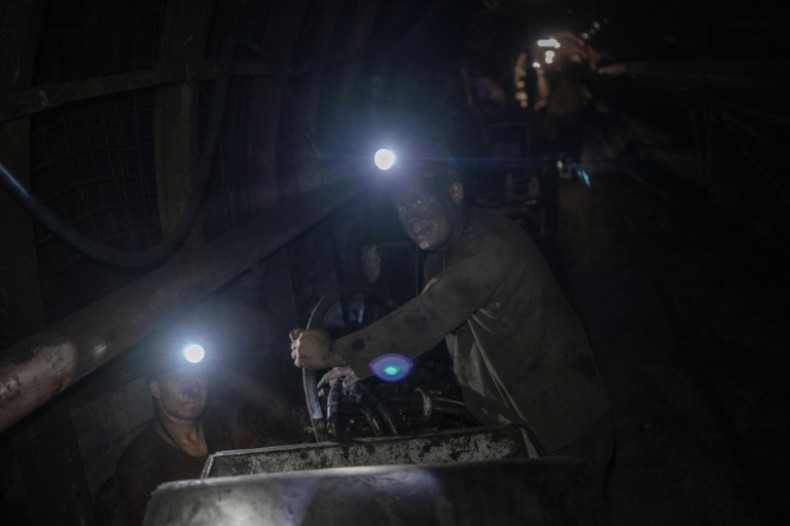As many governments and major companies around the world make pledges for net-zero carbon emissions by 2050 or just after, the value of carbon is steadily rising. But just how big will the carbon market become and could it challenge the oil and gas industry?
At present, carbon markets are thought to be worth above $100 billion and are continuing to grow as the green energy transition takes hold. As the value of carbon increases, this could be positive for both investors and the environment. Globally, around 42 gigatonnes of carbon dioxide are emitted each year. If we are to limit the warming of the planet to 2 degrees, we must release no more than 1,150 gigatonnes of CO2 into the atmosphere, which at the current rate of emissions would take around 25 years. In response to this estimation, many countries around the world have made ambitious promises to cut their carbon emissions significantly over the next quarter of a decade.
Governments have established policies on carbon-cutting that have sent the market value of carbon up substantially. Just ten years ago only 21 market mechanisms were putting a price on 5 percent of carbon emissions worldwide. But this figure has since increased to 68 mechanisms on 25 percent of the world’s emissions. Many countries around the globe agreed to carbon-cutting promises following the 2015 Paris Agreement. And the COP26 climate summit in Glasgow last year encouraged even more ambitious targets. The yearly summit is expected to continue pushing climate goals further globally, as well as holding countries accountable for their greenhouse gas emissions.
Some of the major mechanisms for carbon-cutting include the EU Emission Trading Scheme (EU ETS), the Western Climate Initiative (WCI), Regional Greenhouse Gas Initiative (RGGI), and the U.K. Emission Trading Scheme (U.K. ETS). These mechanisms account for around 5 percent of the world’s carbon emissions, valued at around $110 billion. But as other regions introduce their own mechanisms, this figure is expected to increase significantly.
The way that the carbon market boosts its value is by increasing the quantity of carbon captured. It works by assessing the value of the world’s atmosphere and the cost of global warming. Some big players have already suggested that carbon needs to be given a high valuation to encourage companies to reduce their CO2emissions by introducing carbon capture and storage (CCS) technologies and investing in renewable energy projects to help the shift to green.
The CEO of Exxon Mobil, Darren Woods, stated last month that he believes CCS technologies are “the holy grail” when it comes to collecting carbon, adding “if you can overcome some of those technology hurdles, get your cost down, you’ve got a technology then that can address this in a very cost-efficient way.” In fact, Exxon estimates the CCS market could be worth as much as $4 trillion by 2050.
When it comes to the different mechanisms currently in place to regulate the carbon market, several regional schemes oversee carbon emissions trading and manage carbon allowance auctions. They also help governments set regulations on carbon so they can achieve climate targets. For example, the WCI was established in 2011 to manage greenhouse gas emissions trading programs within its jurisdiction, across the U.S. and Canada. The WCI is a non-profit organization that offers support to policymakers to produce new regulations on carbon, supported by emissions data such as their centralized market registry.
The RGGI acts as a similar body for the eastern states of the U.S. It covers Connecticut, Delaware, Maine, Maryland, Massachusetts, New Hampshire, New Jersey, New York, Pennsylvania, Rhode Island, Vermont, and Virginia, setting carbon caps and helping these states to reduce their emissions to meet local and national climate targets. RGGI has raised $4 billion to support carbon-cutting initiatives across the region. It helps to regulate the market by requiring power plants to acquire one RGGI CO2 allowance for every short tonne of CO2 they emit, with RGGI states distributing carbon allowances at quarterly auctions. Power plants may purchase these allowances as others improve their carbon practices.
In the U.K., the U.K. ETS, formed in 2021 (following Brexit) joins political powers from the UK, Scottish and Welsh, and Northern Ireland to regulate carbon emissions and protect the competitiveness of U.K. businesses. It follows the Greenhouse Gas Emissions Trading Scheme Order 2020 to enforce compliance with the UK ETS regulations.
And finally, in terms of the major mechanisms, the EU ETS is the European body that helps the E.U. to achieve its climate policy by reducing greenhouse gas emissions in a cost-effective way, focusing primarily on the carbon market. It operates in all the E.U. member states, as well as Iceland, Liechtenstein, and Norway, limiting emissions from approximately 10,000 installations across the power, manufacturing, and aviation industries. It currently oversees regulations covering around 40 percent of the region’s greenhouse gases.
As well-established mechanisms across several regions of the world are helping to increase the value of carbon through carbon-cutting regulations, supporting the implementation of climate policy, and emissions trading, the price of carbon is being driven up. As more mechanisms emerge over the coming years, covering a higher percentage of the world’s carbon emissions, the value of carbon is set to soar.
By Felicity Bradstock for Oilprice.com













